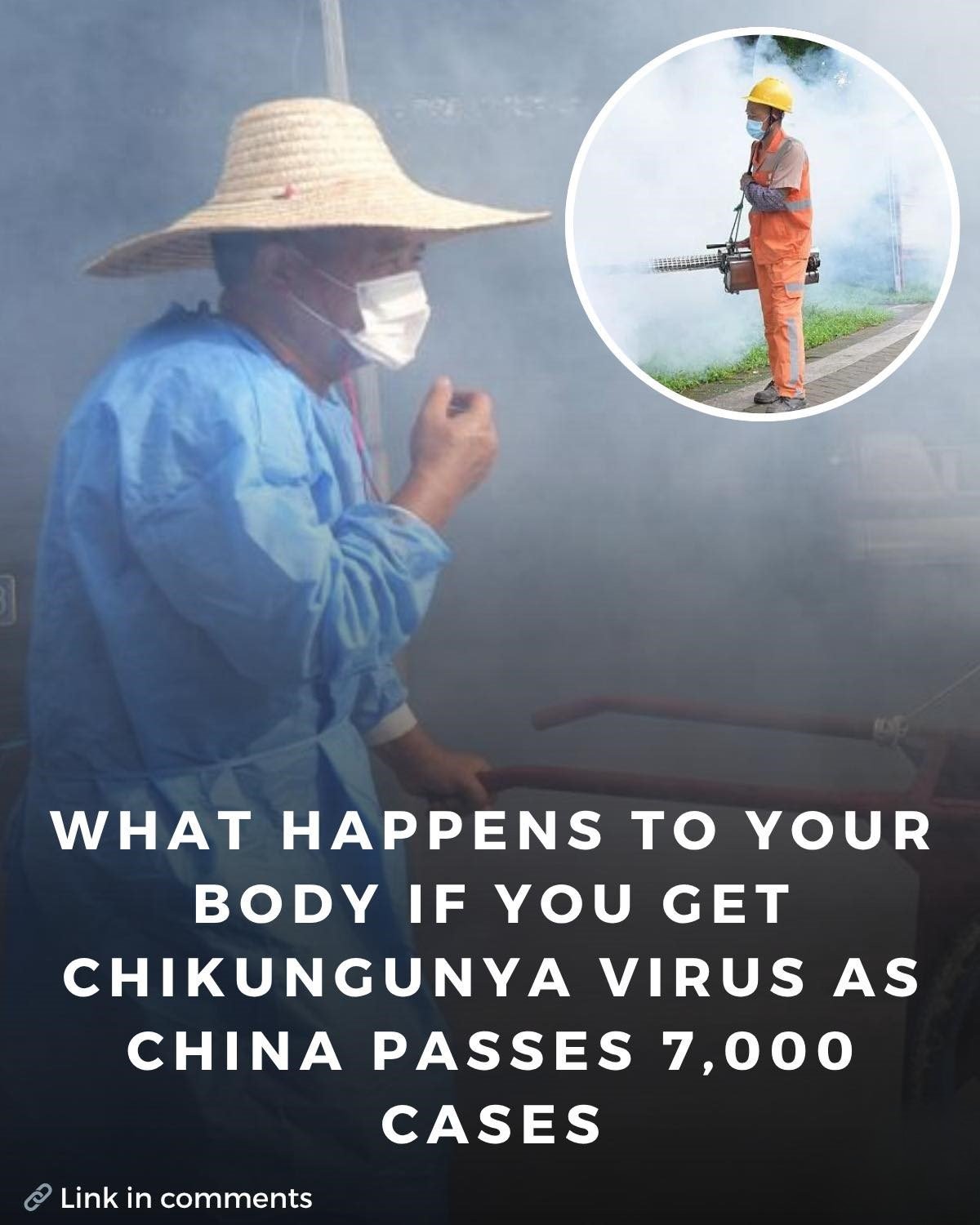A sudden outbreak of the chikungunya virus has gripped southern China, with Guangdong province reporting over 7,000 cases since July. The epicenter is Foshan, where infections have surged rapidly, adding nearly 3,000 new cases in just the past week. The province’s warm, humid climate and dense urban environment provide ideal breeding grounds for Aedes mosquitoes, the virus’s sole transmission vector.
Chikungunya, found in over 110 countries, typically causes fever, rash, and severe joint pain within a week of infection. While most patients recover quickly, some experience lingering joint issues for years. High-risk groups include the elderly, infants, and those with underlying health conditions. The virus cannot spread directly between people, making mosquito control crucial to halting its spread.
The outbreak has now reached beyond Foshan to 12 other Guangdong cities, and Hong Kong reported its first case—a 12-year-old boy who had visited Foshan—on August 4. In response, Chinese authorities have implemented strict, pandemic-style measures: residents must eliminate stagnant water or face fines of up to 10,000 yuan (\$1,400), hospitals are isolating patients under mosquito nets, and public health campaigns urge anyone with symptoms to get tested immediately.
Innovative control tactics include releasing mosquito larvae-eating fish into local waters, deploying drones to locate breeding sites, and even introducing “elephant mosquitoes”—predatory insects that feed on the virus-carrying species. Neighboring cities briefly imposed quarantines on travelers from Foshan before lifting them amid backlash.
With no antiviral treatment and vaccines not yet widely available, Guangdong faces a serious challenge to contain the outbreak. Officials hope swift action will prevent chikungunya from becoming a recurring seasonal threat in the region.


